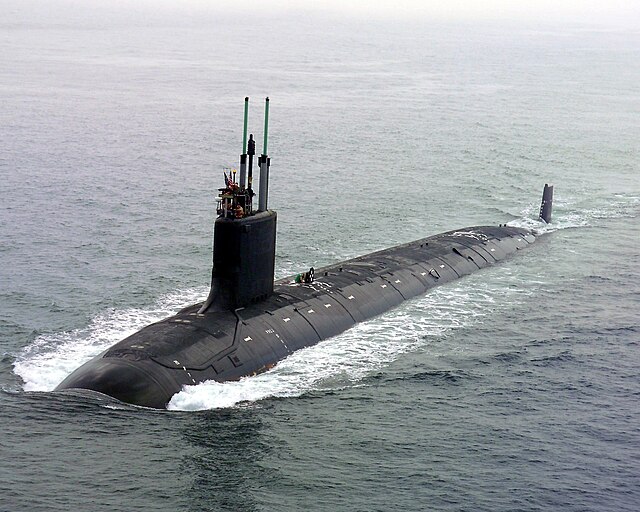Virginia-Class Submarines and Nuclear Missiles: Calculating the Risks and Strategic Gains
The U.S. Navy is embarking on a significant modernization effort with the planned integration of the Sea-Launched Cruise Missile-Nuclear (SLCM-N) onto Virginia-class submarines. This initiative, slated for deployment by 2034, presents a range of technical and operational challenges, as these submarines were not originally designed to carry nuclear weapons.
The Strategic Importance of SLCM-N
The SLCM-N program was initially introduced during the Trump administration and later faced cancellation attempts under President Biden. However, congressional support ensured its survival, reinforcing the need for a flexible nuclear deterrent. The missile is expected to provide a second-strike capability, enhancing the U.S. Navy’s ability to respond to evolving global security threats.
Vice Adm. Johnny Wolfe, director of the Navy’s Strategic Systems Programs, emphasized that the greatest risk to the 2034 timeline is the integration of the missile onto a platform that was never designed for nuclear armament. The Navy must establish an entirely new industrial base to support this effort, including infrastructure, fleet training, and operational adjustments.
Technical and Operational Challenges
The integration of SLCM-N onto Virginia-class submarines requires overcoming several hurdles:
Platform Adaptation: The submarines must be modified to accommodate the missile system without compromising their primary attack capabilities.
Fleet Training: Sailors must be trained to handle nuclear weapons safely while maintaining conventional operations.
Industrial Base Development: The Navy must build new facilities and supply chains to support the missile’s deployment.
Sen. Mark Kelly expressed concerns about ensuring that weapons integration does not disrupt the training, mission systems, and security of Virginia-class submarines. The Navy is currently working with the National Nuclear Security Administration to select a suitable family of ordnance for the SLCM-N.
Strategic Implications
The deployment of SLCM-N is expected to enhance strategic deterrence, particularly in the Indo-Pacific region, where adversaries employ anti-access/area denial (A2/AD) strategies. By leveraging the stealth and mobility of submarines, the U.S. can maintain a credible nuclear deterrent without relying solely on land-based systems.
Additionally, the missile’s deployment could complicate adversaries’ defense planning, as distinguishing between conventional and nuclear-armed cruise missiles becomes increasingly difficult. This ambiguity may strengthen deterrence by increasing the risks associated with potential conflicts.
The integration of SLCM-N onto Virginia-class submarines represents a pivotal moment in U.S. military modernization. While the challenges are substantial, the strategic benefits—enhanced deterrence, operational flexibility, and strengthened defense capabilities—underscore the importance of this initiative. As the Navy moves forward, careful planning and investment will be crucial to ensuring the successful deployment of this next-generation nuclear capability.






